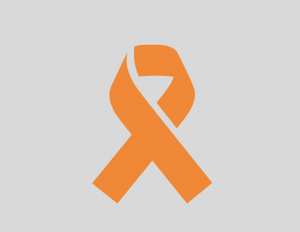
Social media allows various people to speak on their concerns, share their thoughts and opinions on current or past events. People nowadays, don’t have to enter through professional media outlets to have their voices heard. They can share on their own platform and reach a large audience. People can share first-hand experiences through messages about the real story (Baker). There is so much power in the hands of the public online, each person has their community or audience that will interact with their content and support their causes.
The use of social media allows educators to build a PLN. Within the network, members can support each other and engage in a productive conversation which can be a healthy/positive contribution to society (Baker). This could mean leaving a positive comment or sharing the content with others in support of the individual. These channels can be used to spread awareness especially in rural communities (Baker). PLNs assist in “bringing in an understanding of an individual’s story and their family’s story” (Baker). For example; an indigenous influencer @shinanova on Instagram and TikTok share her culture with her large audience of 523,000 followers. She displays her talent of throat singing from her Inuk culture. In her PLN people are gaining awareness of the Inuk culture and experiences in Canada from her as a local.

It’s important to change people’s views because we were always put down. We were always told what to do and what not to do. The message I want to send to the Indigenous youth is that you are capable of anything. Don’t let anyone take away your identity. You are beautiful.
@SHINANOVA
Various social media platforms such as; Twitter, TikTok, Instagram, etc can be used by educators to control the context and delivery of content. Having a diverse PLN contributes to less biased information.
References Baker, Brad. “Brad Baker EDCI 338”. Youtube.Com, 10 June 2021, 3:00-15:50, https://www.youtube.com/watch?v=C5z8iHxW2n4. Accessed 18 June 2021

Leave a Reply